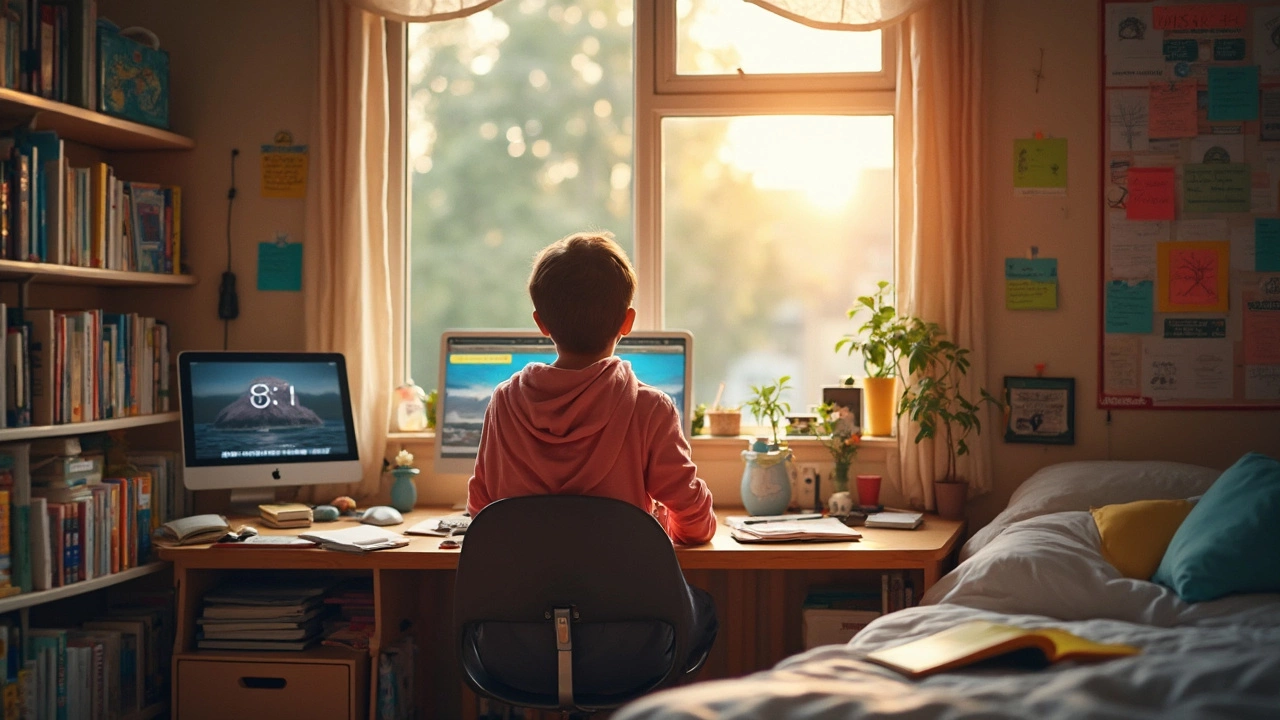Eye Strain Relief: Simple Steps to Keep Your Eyes Happy
If you spend hours staring at a screen, you’ve probably felt that annoying blur or ache behind your eyes. That feeling isn’t just tiredness – it’s eye strain, also called digital eye strain. The good news is you can lower the strain with a few everyday habits that don’t require special equipment.
Why Your Eyes Get Tired on Screens
When you look at a screen, your eyes have to focus on a close object for a long time. That forces the eye muscles to work harder than they do when you read a book or look at something far away. At the same time, you tend to blink less, so the eyes dry out. The combination of muscle fatigue and dryness creates the typical eye‑strain symptoms: blurry vision, headaches, and a burning sensation.
Another hidden cause is the screen’s brightness and glare. A display that’s too bright or reflective makes your pupils contract, which adds stress. Finally, the position of the screen matters – if it’s too high or too low, your neck muscles compensate, and that tension can travel to the eyes.
Everyday Habits to Cut Eye Strain Fast
1. Use the 20‑20‑20 rule. Every 20 minutes, look at something at least 20 feet away for 20 seconds. It gives the eye muscles a quick reset and reduces fatigue.
2. Adjust screen settings. Lower the brightness so it matches the room’s lighting. Turn on a blue‑light filter in the evening to ease the eyes and improve sleep.
3. Keep a proper distance. Your screen should be about an arm’s length away, and the top edge should sit just below eye level. This position lets your eyes look slightly downward, which feels more natural.
4. Blink more. Remind yourself to blink deliberately, especially when you’re deep in a task. Adding a tiny drop of artificial tears can keep the surface moist if you’re in a dry environment.
5. Take short breaks. Stand up, stretch, and move around for a minute or two every hour. The movement improves circulation to both eyes and neck muscles.
These habits cost almost nothing and can be built into your daily routine without disrupting work or study time.
If you follow the steps above and still feel discomfort, consider getting an eye exam. An optometrist can check for prescription needs or recommend computer glasses that have a slight magnification and anti‑glare coating.
Remember, protecting your vision isn’t a one‑time fix; it’s a set of small actions you repeat each day. By keeping your screen setup friendly and giving your eyes regular breaks, you’ll notice less strain, sharper focus, and fewer headaches. Your eyes will thank you, and you’ll stay productive for longer.
20 20 20 Rule Revision: Protect Your Eyes While Acing GCSEs
The 20 20 20 rule revision helps students avoid eye strain during long study sessions. By taking regular, timed breaks, you can boost your focus and protect your vision. This approach fits easily into any GCSE revision plan, making it easier to concentrate and remember what you learn. Discover how this simple rule can turn marathon cramming into smart, healthy studying.
